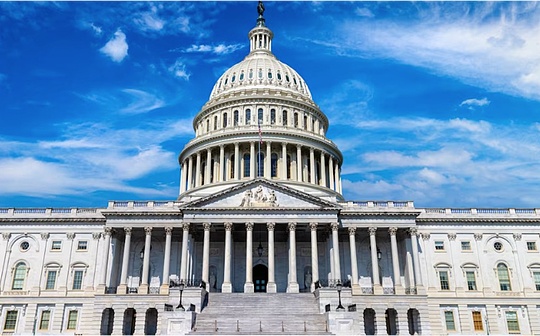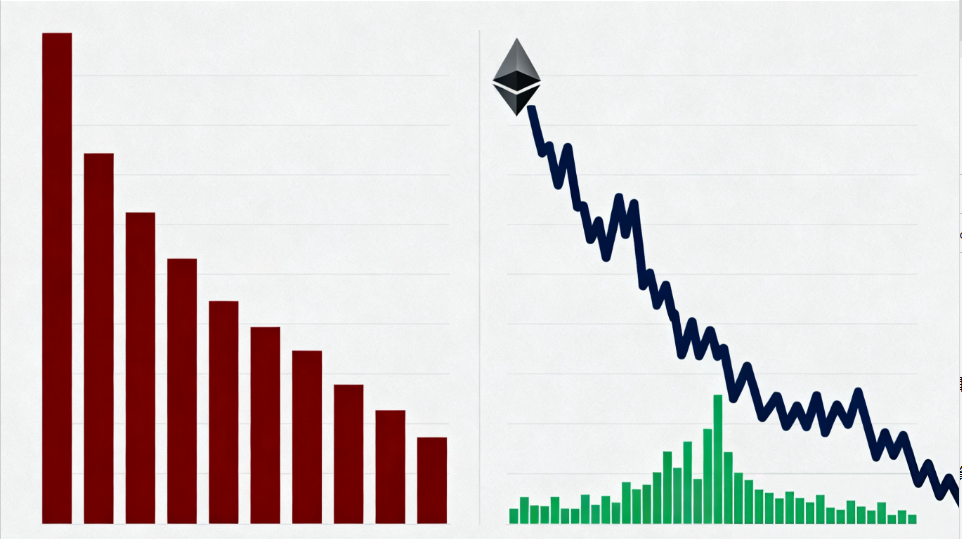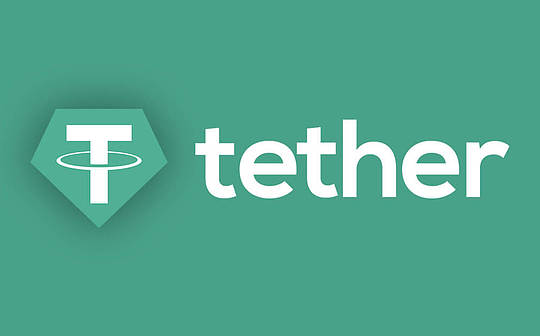
Recently, US Senators John Boozman and Cory Booker jointly introduced a bipartisan bill aimed at transferring regulatory authority over cryptocurrencies from the Securities and Exchange Commission (SEC) to the Commodity Futures Trading Commission (CFTC). This move is seen as a significant adjustment to the US government’s regulatory framework for the growing digital asset industry and could have far-reaching implications for the global cryptocurrency market.
The bill was formally introduced on November 11. Its core provisions include authorizing the CFTC to define and regulate digital commodities, establishing a registration system for cryptocurrency trading platforms, implementing new disclosure rules, and imposing fees on certain types of crypto transactions. These measures are designed to provide a clearer and more unified regulatory environment for the cryptocurrency market, addressing long-standing compliance chaos caused by unclear regulatory responsibilities.
Acting CFTC Chairman Caroline Pham expressed support for the bill, emphasizing her commitment to “making the US the cryptocurrency capital of the world.” She revealed that the CFTC plans to promote measures related to spot crypto trading by the end of the year and expects to release detailed guidelines for stablecoins by early 2026. This statement demonstrates the determination of US regulators to accelerate their efforts in the digital asset space.
Meanwhile, SEC Chairman Paul Atkins publicly stated that “the crypto era has arrived” and launched a regulatory relaxation initiative called the “Crypto Project.” This indicates that US regulators are attempting to strike a balance between protecting investors and fostering innovation. The transfer of regulatory authority is not only a technical adjustment but also a significant signal of the US government’s shifting stance toward the $3.6 trillion digital asset industry.
Background and Motivation: Why Transfer Regulatory Authority?
The rapid development and increasing complexity of the cryptocurrency market have exposed the shortcomings of the existing regulatory system. The SEC has long regulated most cryptocurrencies as securities, while the CFTC has tended to classify them as commodities. This regulatory overlap and lack of uniform standards have led to high compliance costs for businesses and increased market uncertainty. The bill proposed by Boozman and Booker aims to address this issue by clearly designating the CFTC as the primary regulator, thereby reducing compliance difficulties for the market while enhancing the focus and efficiency of regulation.
Additionally, as global competition in cryptocurrencies intensifies, the US hopes to maintain its leadership in financial innovation by optimizing its regulatory framework. The CFTC’s extensive experience in regulating derivatives markets, along with its flexibility and expertise, is considered better suited to address the unique challenges of the cryptocurrency market. The registration system, disclosure rules, and transaction fees proposed in the bill are also expected to improve market transparency and prevent fraud and manipulation.
Potential Impacts and Future Outlook
If the bill is passed, the CFTC will have broader authority to shape the rules of the digital asset market. On one hand, this could attract more institutional investors to the market, promoting the industry’s standardized development. On the other hand, increased regulation may also pose new challenges to emerging areas such as decentralized finance (DeFi).
It is worth noting that the introduction of the bill is only the first step in a lengthy legislative process. Its final form and implementation effects will depend on congressional review and negotiations among stakeholders. Nevertheless, this development clearly indicates that the US is actively adjusting its regulatory strategy to adapt to the era of digital assets.
In summary, the bill proposed by Boozman and Booker is not only a significant milestone in the history of US cryptocurrency regulation but could also serve as a model for global digital asset regulation. In balancing innovation and regulation, the US is attempting to forge a new path, and the outcomes will profoundly shape the future landscape of financial markets.















